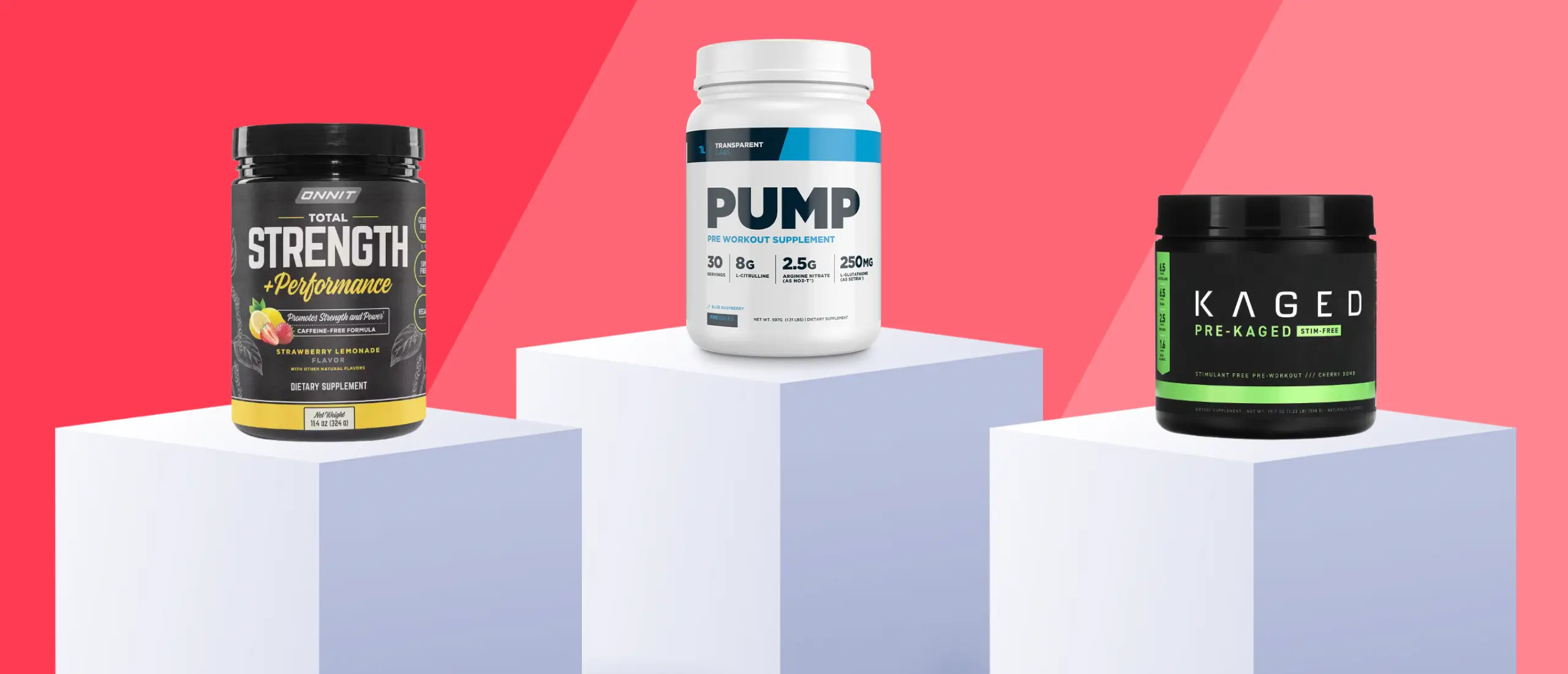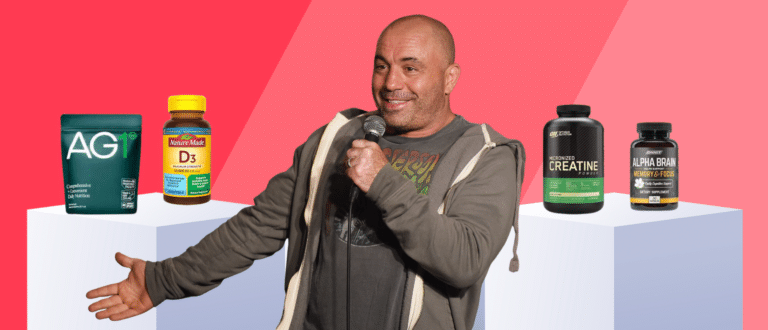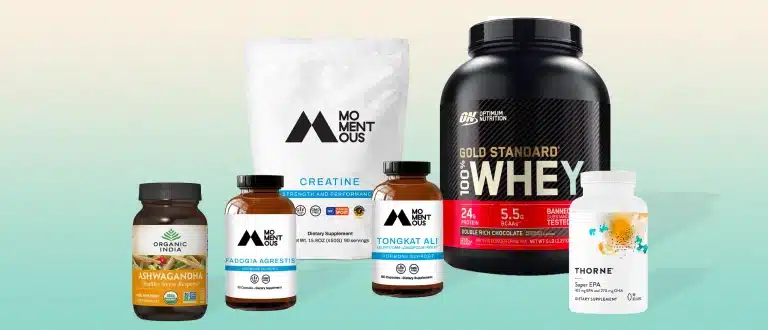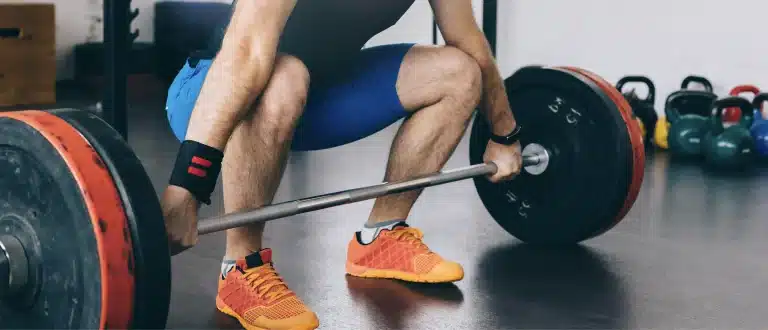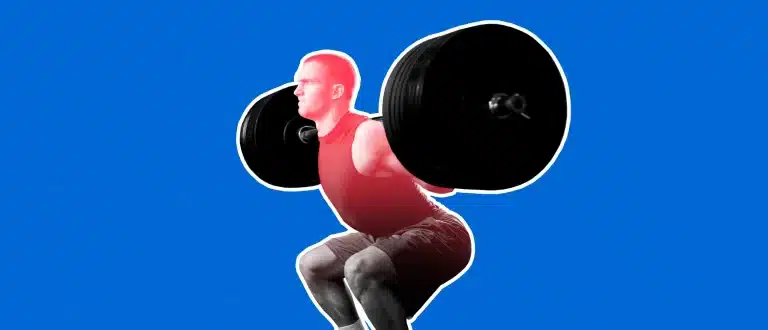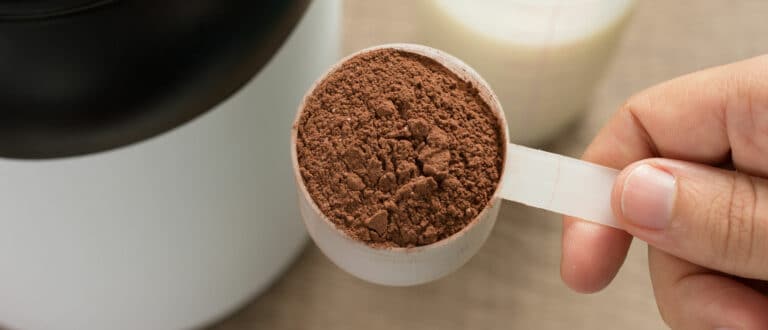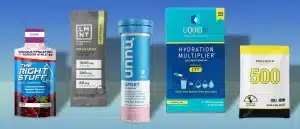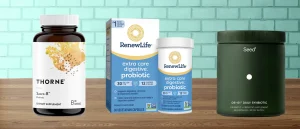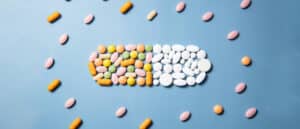Want Performance Without the Jitters? Try a Non-Stim Pre-Workout
People who don’t take pre-workout assume it’s an energy drink on crack. Cringy visions of pulsing caffeine-hyped gym bros disproportionately amped for leg day, ego-lifting their way through bicep curls, and screaming their way to a bench press PR come to mind. Sure, pre-workout delivers on energy, but it can also boost workout performance (1, 2, 3, 4), enhance focus (5, 6, 7), and aid recovery (8, 9, 10). Not to mention, it delivers a pretty sweet muscle pump (11).
What do you do when you want those benefits, but don’t want to down a highly caffeinated pre-workout to get the job done? Non-stim pre-workout might be the answer. Non-stim pre-workouts put the performance-enhancing ingredients front and center, leaving caffeine and other iffy stimulants out of the equation.
So, if you’re searching for a non-stim pre-workout, look no further. We’ve rounded up seven of the best non-stim pre-workouts to try and detailed the active ingredients so you know exactly what you’re getting.
The 7 Best Non-Stim Pre-Workouts
What’s in Your Non-Stim Pre-Workout?
What the heck is in your non-stim pre-workout? We get it, the supplement industry is unregulated and sketchy. Here, the most common ingredients to look for on the label and the effective doses to get the most bang for your buck.
Common Ingredient Effects and Dosage
|
Ingredient |
Effects |
Clinically Effective Dose |
|
Arginine |
An amino acid that promotes nitric oxide production in the body (22) and may boost aerobic and anaerobic performance (17). |
6-30 grams (6,000 to 30,000mg) per day (23) |
|
BCAAs (leucine, isoleucine, valine) |
May reduce muscle damage associated with endurance exercise and fill in nutrient gaps in diets lacking meat and dairy (8, 24). |
Provided in a 2:1:1 ratio at no more than 20 grams combined per day |
|
Beta-Alanine |
Buffers and reduces lactic acid build-up in muscles during intense exercise to improve endurance and performance (2). Responsible for the tingling, itchy sensation some people hate. |
4-6 grams (4,000mg to 6,000mg) per day (25) |
|
Betaine |
A modified amino acid derived from choline that may enhance exercise performance in protocols that challenge muscular endurance with high levels of metabolic stress (3, 26). |
3 grams taken two times per day with meals (27) |
|
BioPerine (Black Pepper Extract) |
Boost bioavailability—your body’s ability to absorb—of the other nutrients in your pre-workout supplement (28). |
There is no clinically recommended dose, but 5mg is reported as safe for consumption by several studies (28) |
|
Citrulline malate |
Increases muscular endurance, improves aerobic capacity, and reduces muscle soreness (29). |
6-8 grams (6,000 to 8,000mg) taken before exercise (29) |
|
Creatine |
Increases muscle size and strength, speeds up recovery time by mitigating muscle damage, and boosts cognitive health (1). |
3-5 grams (3,000 to 5,000mg) per day (30) |
|
L-Carnitine |
May increase power output and VO2 max, and reduce cellular damage and muscle soreness to help you recover faster (4), but research is mixed. |
Does not have an upper intake limit, although doses over 3 grams (3,000mg) per day have been linked to nausea, vomiting, cramps, and diarrhea (31). |
|
L-Citrulline |
Increases oxygen and nutrients to muscles, improves performance, and enhances recovery (11). |
3-6 grams (3,000-6,000mg) per day (32) |
|
Taurine |
Taurine has powerful antioxidant capacities (33) which may decrease DNA damage from exercise (10), improve endurance, boost peak power generation, maintain electrolyte balance, and improve recovery (34). |
.5-6 grams (500 to 6,000mg) per day (10) |
|
L-Tyrosine |
A precursor to the feel-good hormone dopamine, that may improve feelings of well-being and reduce fatigue (5). |
Non-Stim Pre-Workout FAQs
You’ve got questions about non-stim pre-workout, we’ve got answers.
Is non-stim pre-workout worth it?
Yep. Just make sure the one you choose is formulated with the correct ingredients and dosages to improve your specific workout goals. For example, if you’re an athlete, you’ll want to look for a pre-workout option free of creatine since it isn’t prohibited for use in college or pro sports, and will show up on a drug test.
Do non-stim pre-workouts make you jittery?
One of the main lures of non-stim pre-workout is that it doesn’t contain caffeine or any other stimulant ingredients that may cue jitters, GI issues, headaches, and insomnia. However, they may still contain beta-alanine, which is responsible for tingling, itchy skin. If you’re not a fan, look for formulations without it like Huge Supplements Pump Serum and Transparent Labs Pump.
What makes a pre-workout stim-free?
A pre-workout is considered non-stim when it’s void of stimulants like caffeine, dicaffeine malate, theobromine, and yohimbine. But it does still contain ingredients that give you a natural lift in energy like amino acids and B vitamins.
References
1. Kreider, R. et al (2017). International Society of Sports Nutrition Position Stand: Safety and Efficacy of Creatine Supplementation in Exercise, Sport, and Medicine.
2. Saunders, B et al (2017). Beta-Alanine Supplementation to Improve Exercise Capacity and Performance: A Systematic Review and Meta-Analysis.
3. Willingham, B et al (2020). Betaine Supplementation May Improve Heat Tolerance: Potential Mechanisms in Humans.
4. Fielding, R. et al (2018). L-Carnitine Supplementation in Recovery After Exercise.
5. Bloemendaal, M. et al (2018). Neuro-Cognitive Effects of Acute Tyrosine Administration on Reactive and Proactive Response Inhibition in Healthy Older Adults.
6. Wessinger, C. (2018). Effect of Huperzine A on Cognitive Function and Perception of Effort During Exercise.
7. Roschel, H. et al (2021). Creatine Supplementation and Brain Health.
8. Weber, M. et al (2021). The Use of BCAA to Decrease Delayed-Onset Muscle Soreness After a Single Bout of Exercise: A Systemic Review and Meta-Analysis.
9. Doquiero, A. et al (2019). Glutamine as an Anti-Fatigue Amino Acid in Sports Nutrition.
10. Chen, Q. et al (2021). The Dose Response of Taurine on Aerobic and Strength Exercises: A Systematic Review.
11. Gonzalez, A. et al (2020). Effects of Citrulline Supplementation on Exercise Performance in Humans: A Review of the Current Literature.
12. Joy, J. et al (2016). Ancient Peat and Apple Extracts Supplementation May Improve Strength and power in Resistance Trained Men.
13. National Institutes of Health (2022). Choline.
14. Yamauchi, Y. et al (2019). Memory Enhancement by Oral Administration of Extract of Eleutherococcus Senticosus Leaves and Active Compounds Transferred in the Brain.
15.Wu, J. et al (2013). Glutathione and Glutathione Analogues; Therapeutic Potentials.
16. Antoniades, C. et al (2006). 5-Methyltetrahydrofolate Rapidly Improves Endothelial Function and Decreases Superoxide Production in Human Vessels: Effects on Vascular Tetrahydrobiopterin Availability and Endothelial Nitric Oxide Synthase Coupling.
17. Viribay, A. et al (2020). Effects of Arginine Supplementation on Athletic Performance Based on Energy Metabolism: A Systematic Review and Meta-Analysis.
18. Hirono, T. et al (2022). Relationship Between Muscle Swelling and Hypertrophy Induced by Resistance Training.
19. Lee, K. et al (2018). L-Citrulline Restores Nitric Oxide Level and Cellular Uptake at the Brain Capillary Endothelial Cell Line (TR-BBB Cells) With Glutamate Cytotoxicity.
20. Dominguez, R. et al (2017). Effects of Beetroot Juice Supplementation on Cardiorespiratory Endurance in Athletes. A Systematic Review.
21. National Library of Medicine (2021). B Vitamins.
22. Alvares, T. et al (2012). L-Arginine as a Potential Ergogenic Aid in Healthy Subjects.
23. Cleveland Clinic (2022). L-Arginine.
24. Doma, K. et al (2021). The Effect of Branched-Chain Amino Acid on Muscle Damage Markers and Performance Following Strenuous Exercise: A Systematic Review and Meta-Analysis.
25. Trexler, E. et al (2015). International Society of Sports Nutrition Position Stand: Beta-Alanine.
26. Trepanowski, J. et al (2011). The Effects of Chronic Betaine Supplementation on Exercise Performance, Skeletal Muscle Oxygen Saturation and Associated Biochemical Parameters in Resistance Trained Men.
27. Mayo Clinic (2023). Betaine (Oral Supplementation)
28. Tripathi, A. et al (2022). Molecular and Pharmacological Aspects of Piperine as a Potential Molecule for Disease Prevention and Management: Evidence From Clinical Trials.
29. Gough, L. et al (2021). A Critical Review of Citrulline Malate Supplementation and Exercise Performance.
30. Naderi, A. et al (2016). Timing, Optimal Dose and Intake Duration of Dietary Supplements With Evidence-Based Use in Sports Nutrition.
31. National Institutes of Health (2023). Carnitine.
32. Cleveland Clinic (2023). What is Citrulline?
33. Jong, C. et al (2021). The Role of Taurine in Mitochondria Health: More Than Just an Antioxidant.
34. Kurtz, J. et al (2021). Taurine in Sports and Exercise.



